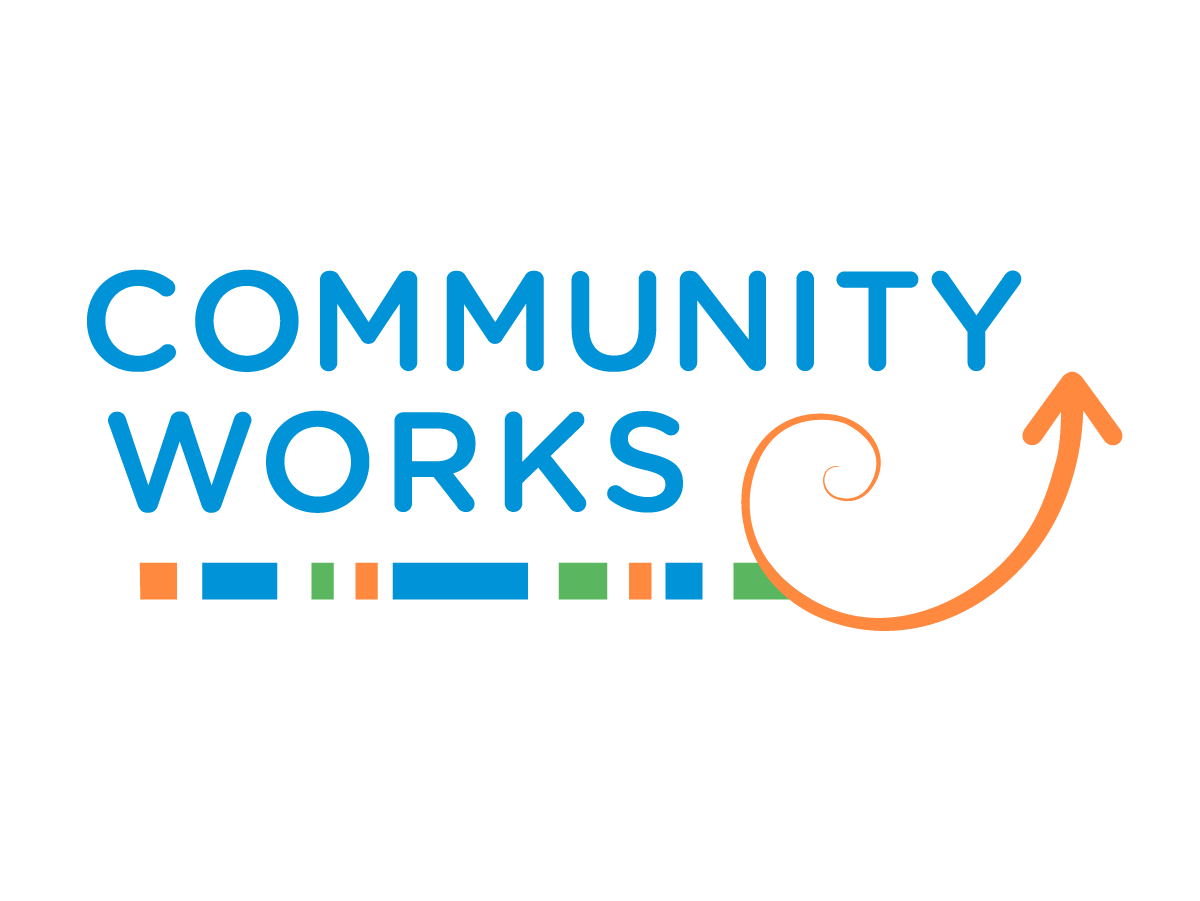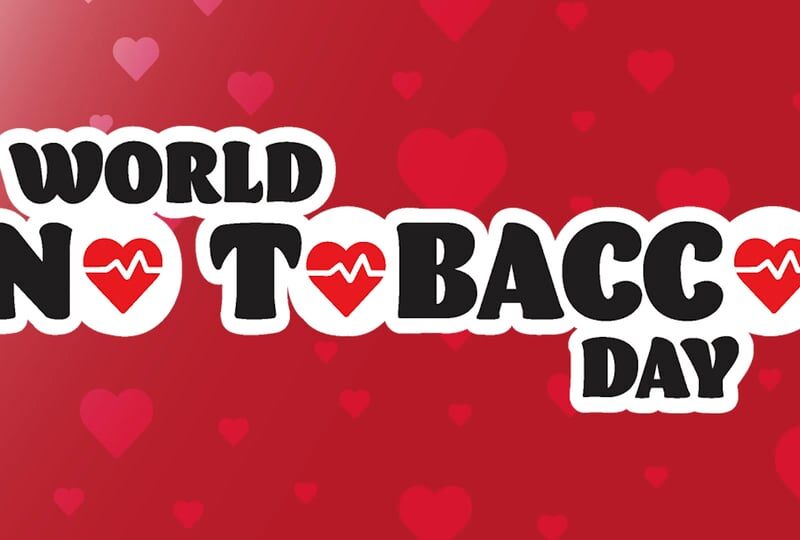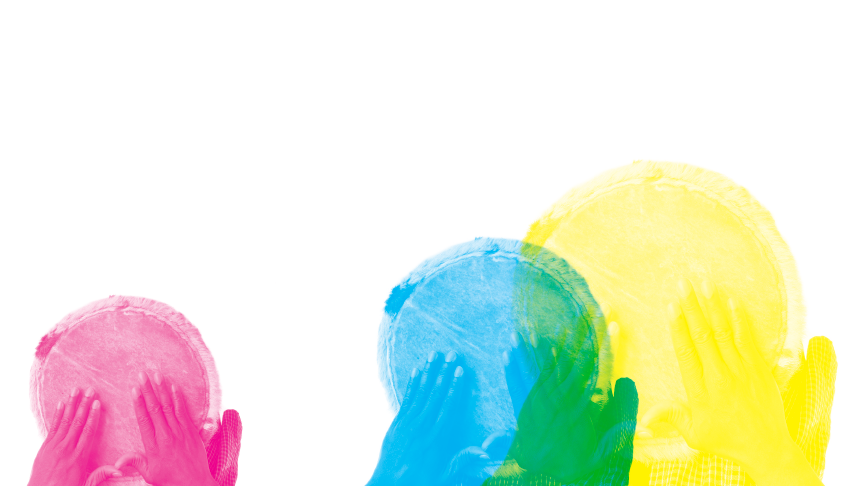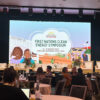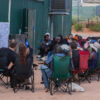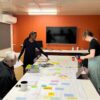Recent Posts
- Four insights I gained from researching First Nations engagement in the net zero workforce
- Oh no! Development is being done to us.
- Getting Prepared: Seven Key Lessons from Remote Community Visits
- Making MEL easier
- Getting it right in the design of community processes
- Framing matters in community engagement
- Practising community-led development
- The nuts and bolts of strengthening community organisations
- Key ingredients for effective community research
- ‘We are not researchers’ – Making M&E accessible
- Applying place-based approaches to strengthen social and community support systems
- Young Dark Emu: A new resource for conflict transformation in Australia
